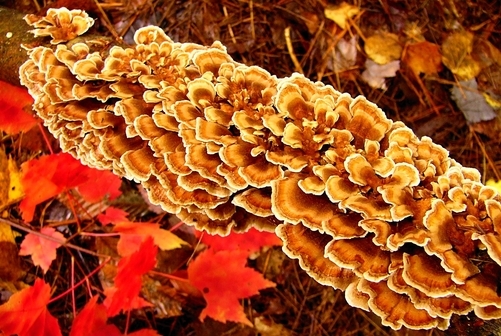Few literary genres are as interesting (or disturbing) as the Decadent Movement, which first emerged in France in the mid-19th century before spreading to the rest of Europe. Both artistic and literary, the movement was typified by notions of cynicism, excess, artificiality and, at its most extreme, perversion. It also entailed a belief in the supremacy of human creativity over rationality and the natural world.

Shocking
The ‘decadents’ shocked contemporary sensibilities by asserting that human art stands in opposition to ‘natural’ conventions, including those pertaining to morality and sexuality. Decadent literature from this period typically features lavish descriptions and florid language, along with a shameless disregard for the literary and artistic conventions of the time. For example, decadent novels often include ornate descriptions of opulent homes and extravagant wallpapering of the kind you might find today at https://www.familywallpapers.co.uk/ or at other high-quality retailers.
The term ‘decadent’ was first coined to describe the new movement by a celebrated French poet Charles Baudelaire in his 1857 volume of poetry, Les Fleurs du Mal (‘The Flowers of Evil’).
Against Nature
In 1884, French novelist Maurice Barrès defined decadent writers and artists as those who had fallen under the influence of Baudelaire’s poetry, ‘Gothic’ fiction, and the macabre writings of Edgar Allen Poe. In the same year, Joris-Karl Huysmans published his ground-breaking novel, À Rebours (‘Against Nature’), which is widely considered the quintessential example of decadent literature. The novel tells the story of an eccentric, a reclusive aristocrat who retreats into his own world of aesthetic and erotic pleasures.
In the English language, meanwhile, Oscar Wilde’s The Picture of Dorian Gray is widely regarded as a masterpiece of decadent fiction. In this context, it is interesting to note that the ‘mysterious book’ that precipitates Dorian’s descent into evil is generally believed to have been Huysmans’ À Rebours (although this is never explicitly stated in the novel). British decadents such as Wilde were also known for championing the notion of ‘art for art’s sake,’ which flew in the face of the ‘utilitarian’ outlook that predominated in England during the Victorian Era.
